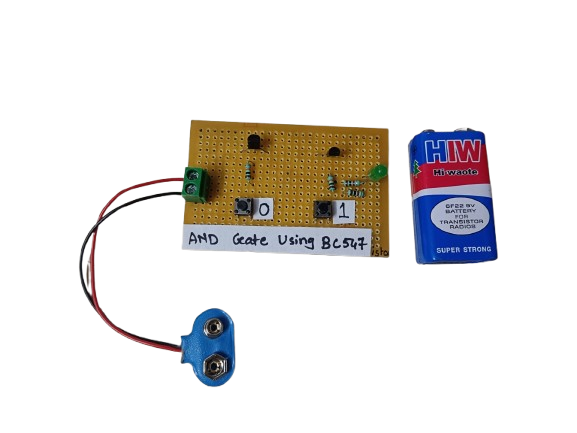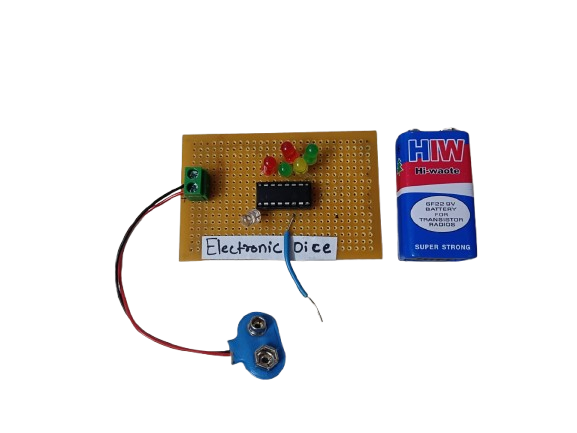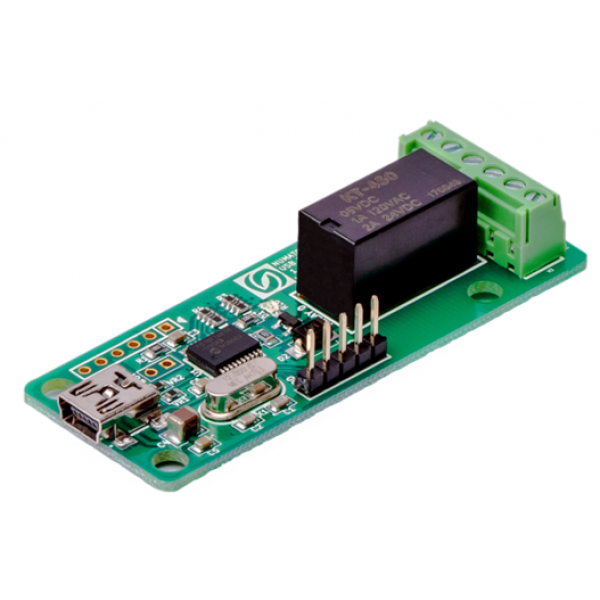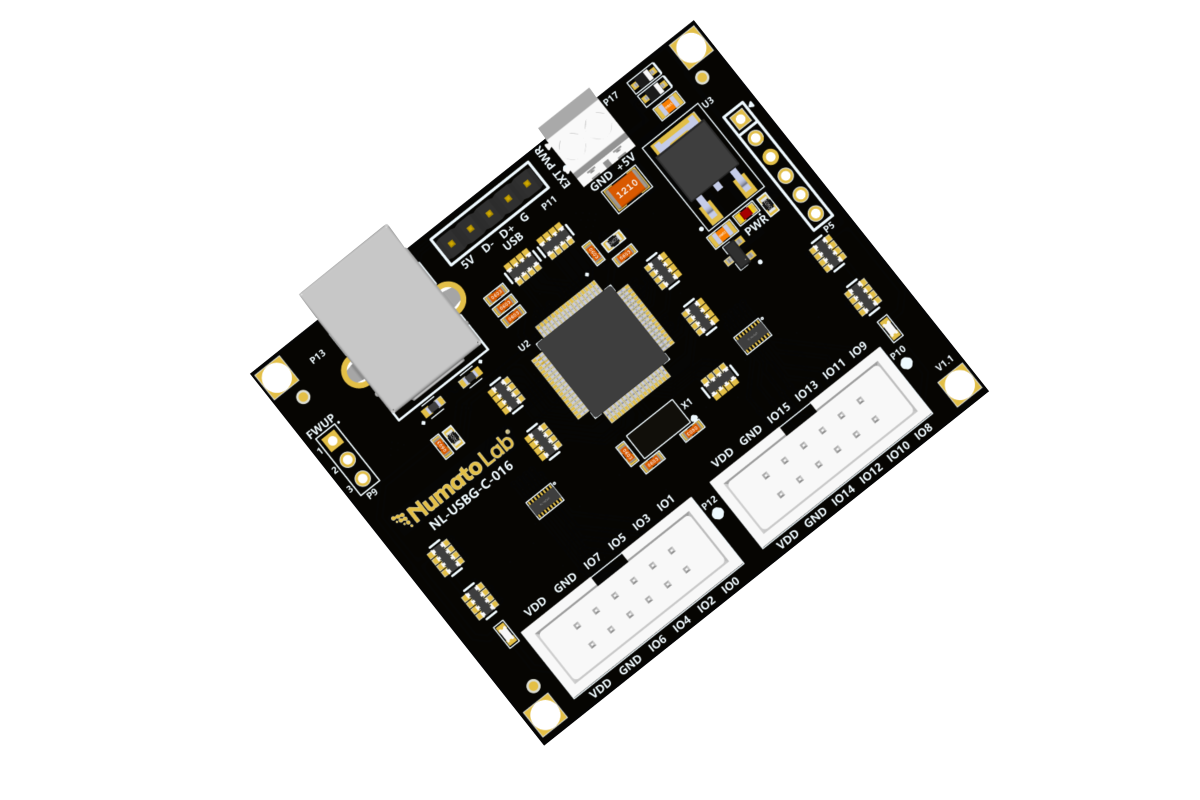Description
For Numato Products Price details/ quotation please mail your requirements on dolphinlabs17@gmail.com
Numato Lab 4 Channel USB Relay Module is great for controlling your devices through USB without any USB protocol knowledge. This module plugs into your design seamlessly. Individual relay can be controlled by simple commands. Numato’s URMC4 4 Channel USB Relay Module provides exceptional value for money.
It has four onboard 12v DC relays that can switch up to 10A load. It comes with built-in firmware that supports simple commands to control relays and read relay status. The board, when attached to a PC/Laptop shows up as a serial port and all you need to control the board is a serial terminal application like HyperTerminal or Putty.
Features
- 4 onboard 12V SPDT Relays.
- 7A Maximum Switching Current.
- 6 TTL (3.3V)Compatible GPIOs.
- 5 Analog Input Channel(Multiplexed with GPIOs).
- 10 Bit Analog Input Resolution.
- USB interface with CDC support. As easy as using a serial port, no USB knowledge required.
- Relay contacts available on easy to access screw terminals.
- Digital circuitry can be powered from USB or external power supply.
- Can be controlled by using standard serial console applications or custom applications.
- No vendor specific libraries or APIs required.
Applications
- Home Automation
- Industrial Automation
- Lighting Control
- Garden Equipment Control
- Test Fixtures
- DIY and Hobby
Supporting Operating Systems
- Windows XP and later
- Windows 7 Embedded and later
- Linux
- Mac OS X
- Android
- or any other operating system that supports USB CDC devices.
Languages that can be used for programming
- C/C++
- Visual Basic (VB6, VB2008, VB2010 express and other editions)
- Visual Basic for Applications (Microsoft Office VBA)
- Perl
- Python
- JAVA
- Android
- Javascript(Node.js)
- And many more…
-
An AND gate can be built using BC547 NPN transistors, a common general-purpose transistor used in digital circuits.
The circuit represents both the inputs A & B for the AND gate and Output, Q, which also has a +5V supply to the collector of the first transistor, which is connected in series to the second transistor, and an LED is connected to the emitter terminal of the second transistor. The inputs A & B are connected to the base terminal of Transistor 1 and Transistor 2, respectively, and the output Q goes to the positive terminal LED.
₹190.00 -
An Electronic Dice is a digital version of a traditional dice, which generates a random number (1 to 6) and displays it using LEDs or a 7-segment display. It uses components like a 555 timer, counter IC (like CD4017), or microcontrollers such as Arduino to simulate dice rolls electronically.
₹190.00














